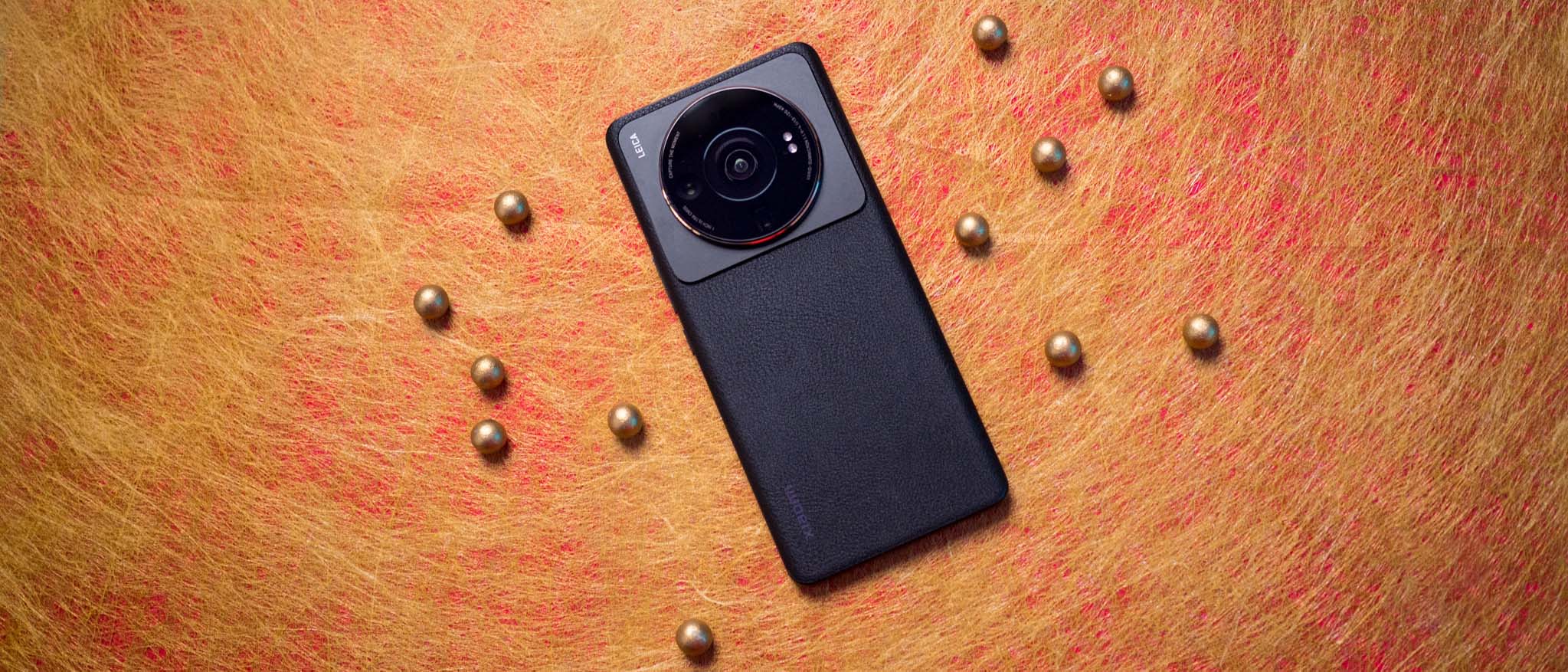Android Central Verdict
The 12S Ultra comes with meaningful upgrades over its predecessor, including a bold design at the back and a leather finish. The 120Hz AMOLED screen is among the best on Android, the phone is ideally suited for gaming, and the gigantic 1-inch camera at the back takes outstanding photos. Xiaomi's camera efforts have picked up an additional boost thanks to the Leica partnership, and overall, the 12S Ultra offers one of the strongest packages today. That said, the phone is limited to China, and you don't get the Play Store out of the box.
Pros
- +
Bold design
- +
Gorgeous 120Hz AMOLED screen
- +
Latest Qualcomm hardware
- +
Outstanding cameras
- +
67W wired and 50W wireless charging
- +
IP68 ingress protection
Cons
- -
Only available in China
- -
No global MIUI builds
- -
Inconsistent video recording
Why you can trust Android Central
Xiaomi introduced the Ultra moniker two years ago with the Mi 10 Ultra, with that device limited to China. Last year's Mi 11 Ultra really kicked things off for the brand: Xiaomi went with a bold design, a large sensor, and a unique second screen at the back that made the phone stand out. Best of all, the Mi 11 Ultra was available in over a dozen countries.
With the 12S Ultra, Xiaomi is building on last year — the phone is a grand showcase of Xiaomi's camera efforts, with the Chinese brand adding a massive 1-inch camera for the first time. The 12S Ultra also gives us a first look at the partnership between Xiaomi and German camera giant Leica, with new shooting modes and custom tuning.
The Mi 11 Ultra was one of my favorite phones of 2021; the small screen at the back made it easy to take photos with the rear camera, and the high-end hardware and large 120Hz screen made it a joy to use. So I was naturally interested in seeing how the 12S Ultra holds up, and after using the phone for two weeks, here's what I think of the device.
Xiaomi 12S Ultra: Price and availability
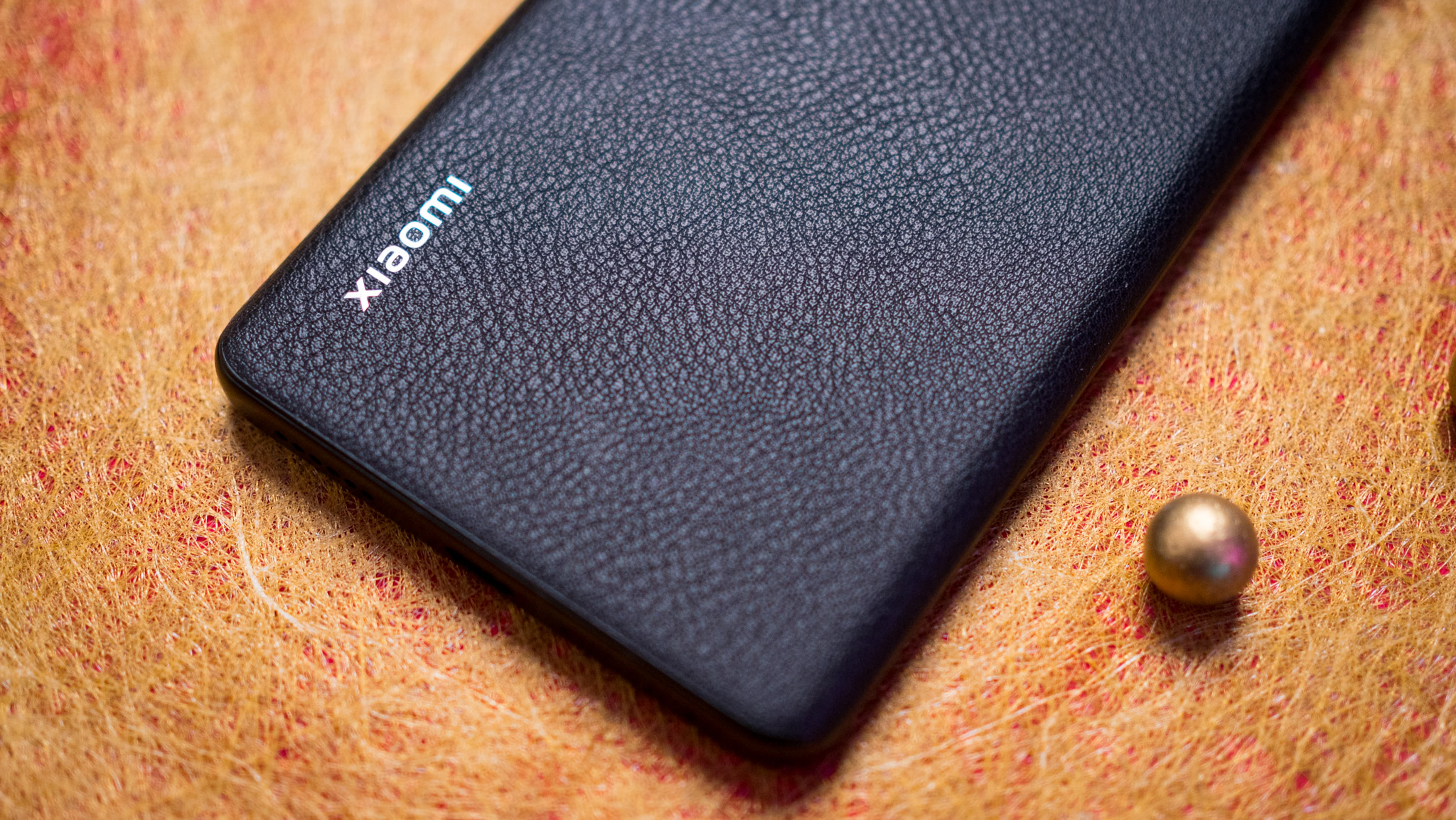
Xiaomi did a decent job bringing its high-end phones to global markets in recent years, but that isn't the case with the 12S Ultra — this phone is limited to China, and won't be debuting globally.
That means that there isn't a global MIUI build for the device, and my unit did not have Google Play Services installed out of the box. It is easy enough to install the Play Store, and in my usage, I didn't see any issues with Google services whatsoever once I signed in to my Google account, but you will have to tinker a little with MIUI to get it working the way you want.
Xiaomi has a few variants of the 12S Ultra, with the base version starting off at RMB 5,999 ($885) and offering 8GB of RAM and 256GB of storage. There's also a 12GB/256GB variant that retails for RMB 6,499 ($960) in China, and a 12GB/512GB model that's available for RMB 6,999 ($1,033).
Xiaomi 12S Ultra: Design
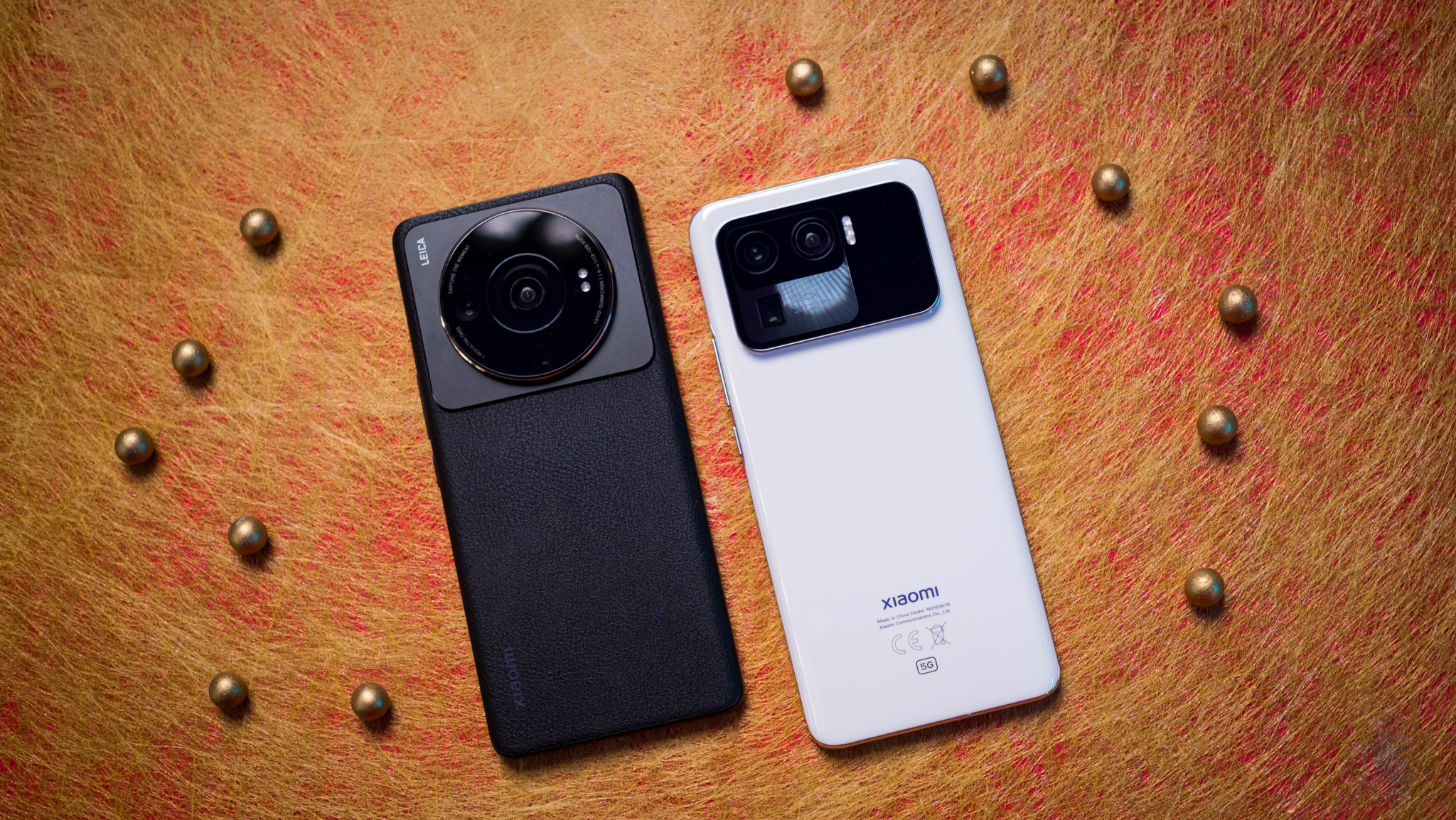
Xiaomi hasn't changed the design aesthetic too much from last year's Mi 11 Ultra, with both devices offering a similar in-hand feel. That said, there are two key differences here: The 12S Ultra has a leather finish that feels wonderful, and it is 9 grams lighter. It may not seem like much, but it makes a huge difference in daily use.
The 12S Ultra has a bold design thanks to the oversized camera housing, and the leather finish is wonderful in daily use.
But the biggest difference is the design for the camera housing at the back. The 12S Ultra has a DSLR-style camera housing that houses the three lenses and flash module, and the gold accent around the housing gives it an added flair. The entire camera island is made out of metal, and it contrasts very well against the leather.
The Xiaomi logo is etched onto the leather, and you'll also find Leica branding on the device to show off the brand's collaboration with Xiaomi. The leather finish makes the 12S Ultra a delight to hold and use, and the phone feels unmistakably premium. It also feels much better to hold and use than glass or the ceramic-backed Mi 11 Ultra, and this may just be my favorite finish on a Xiaomi phone.
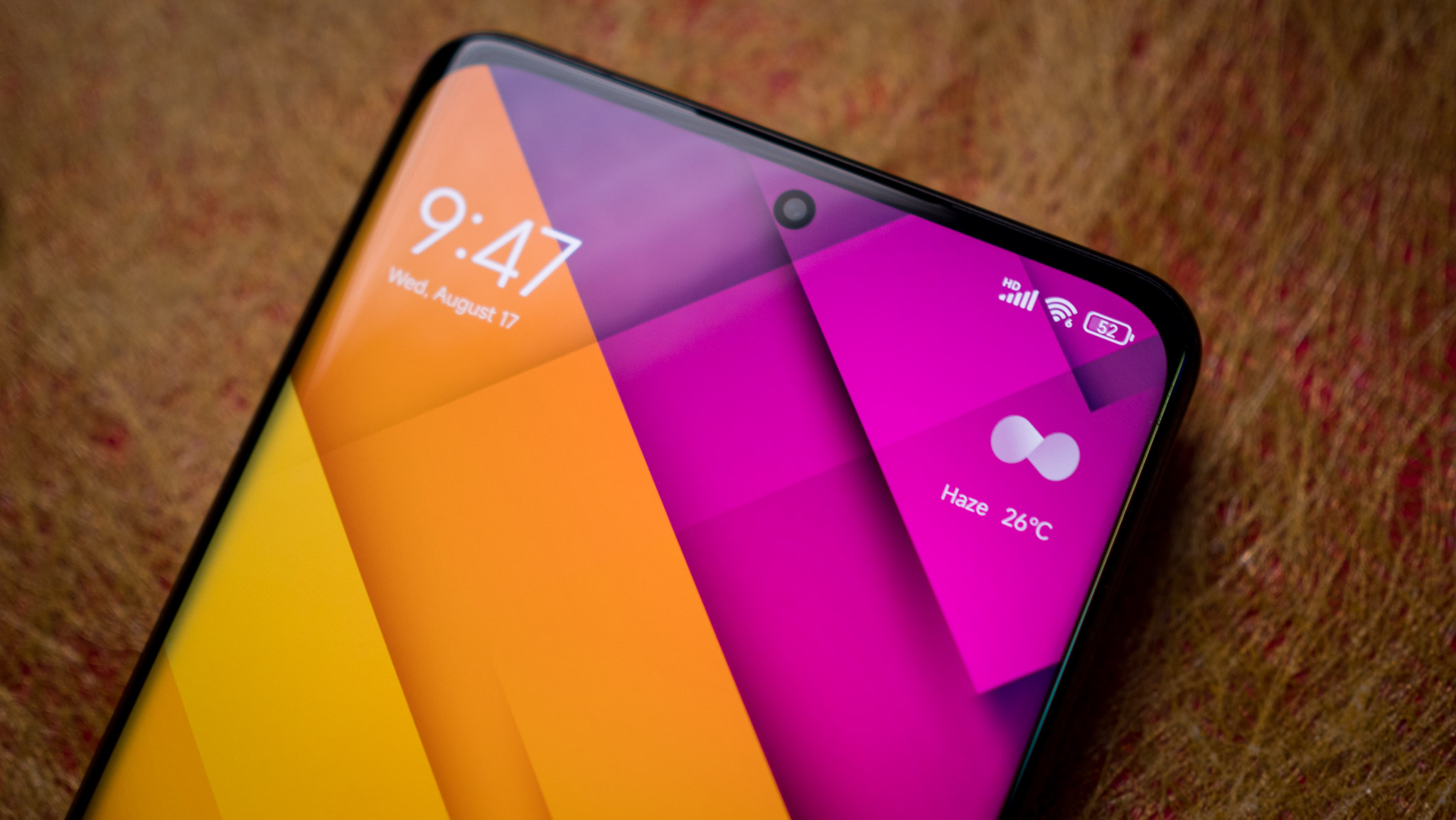

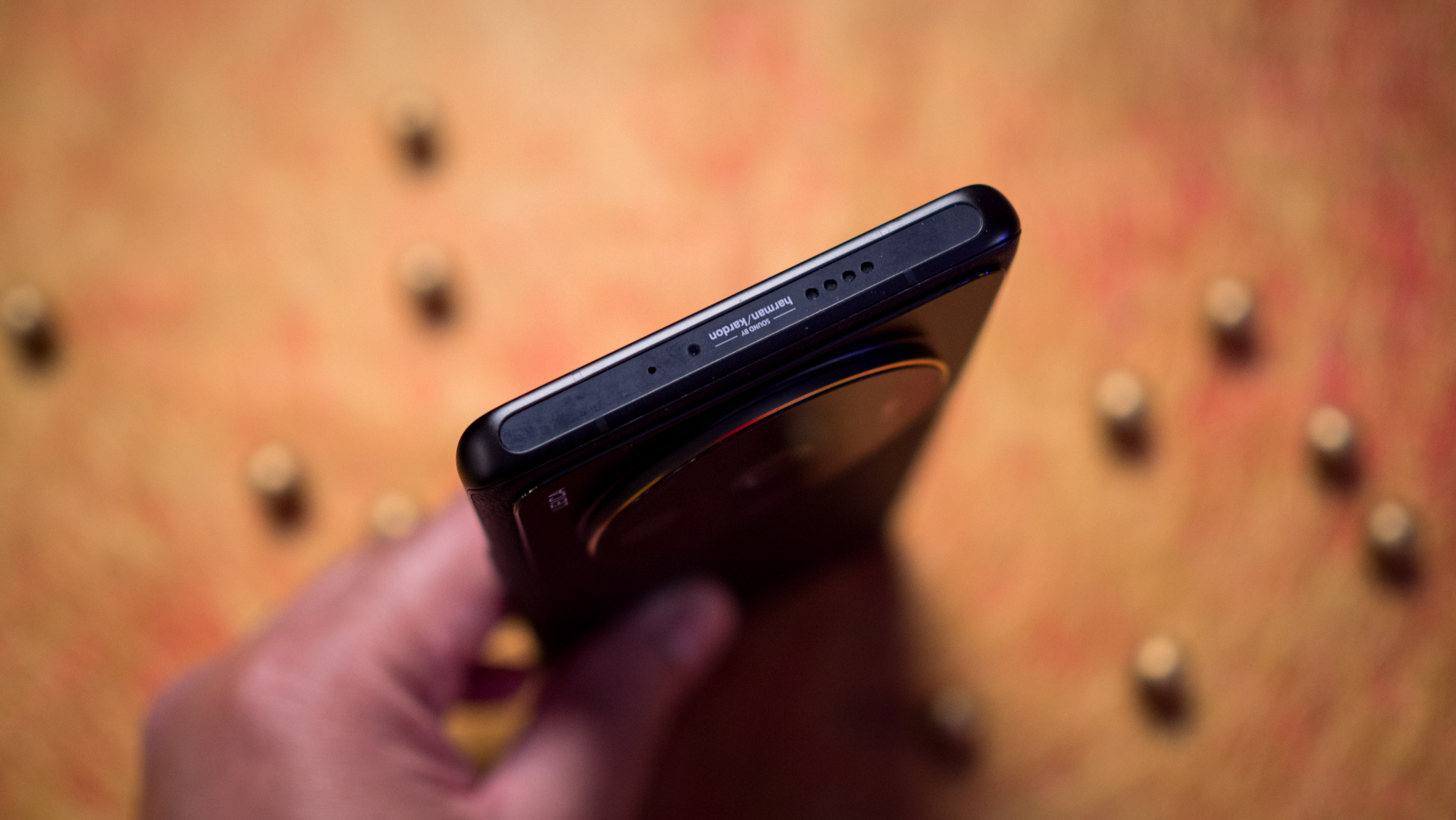
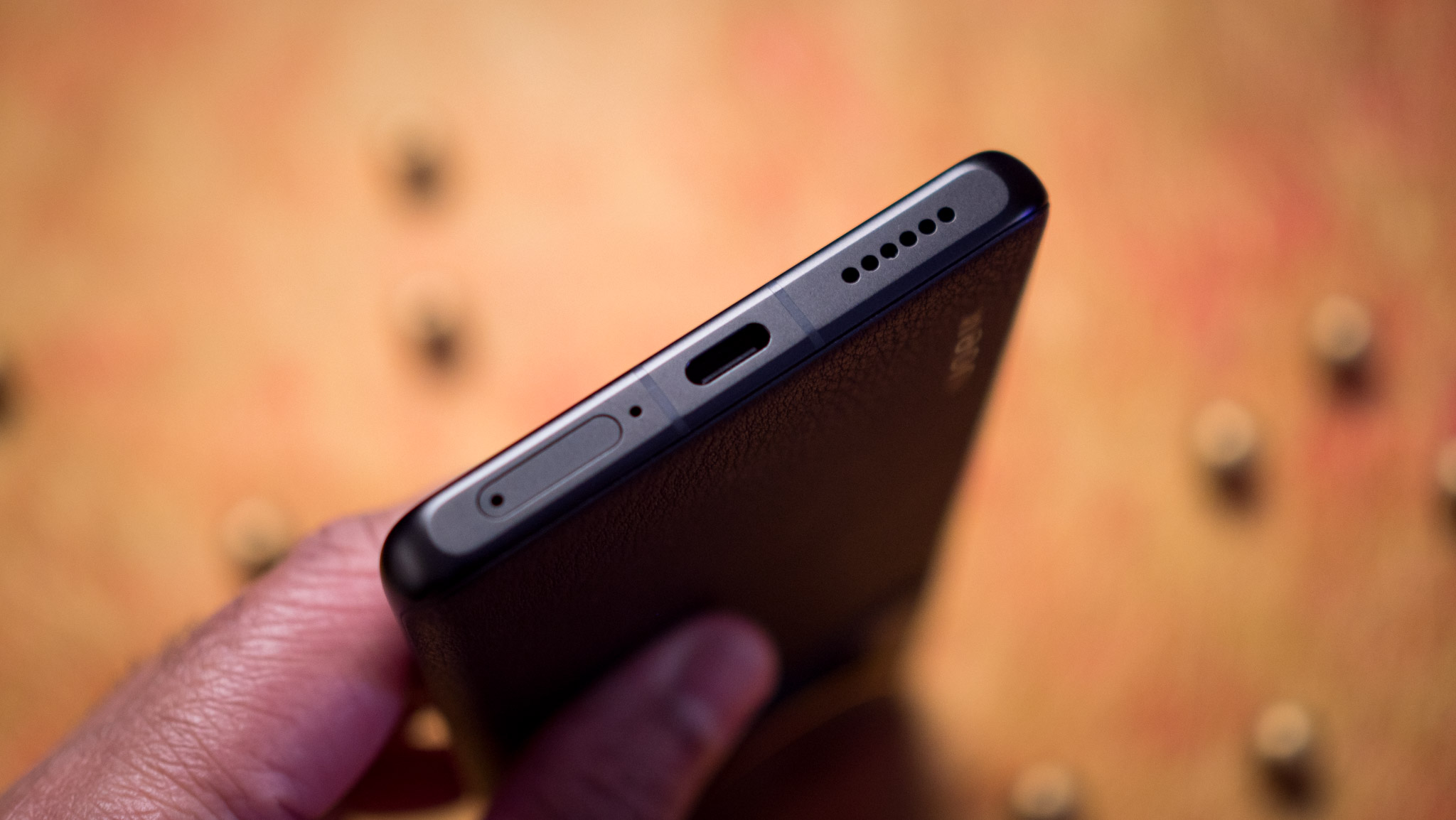
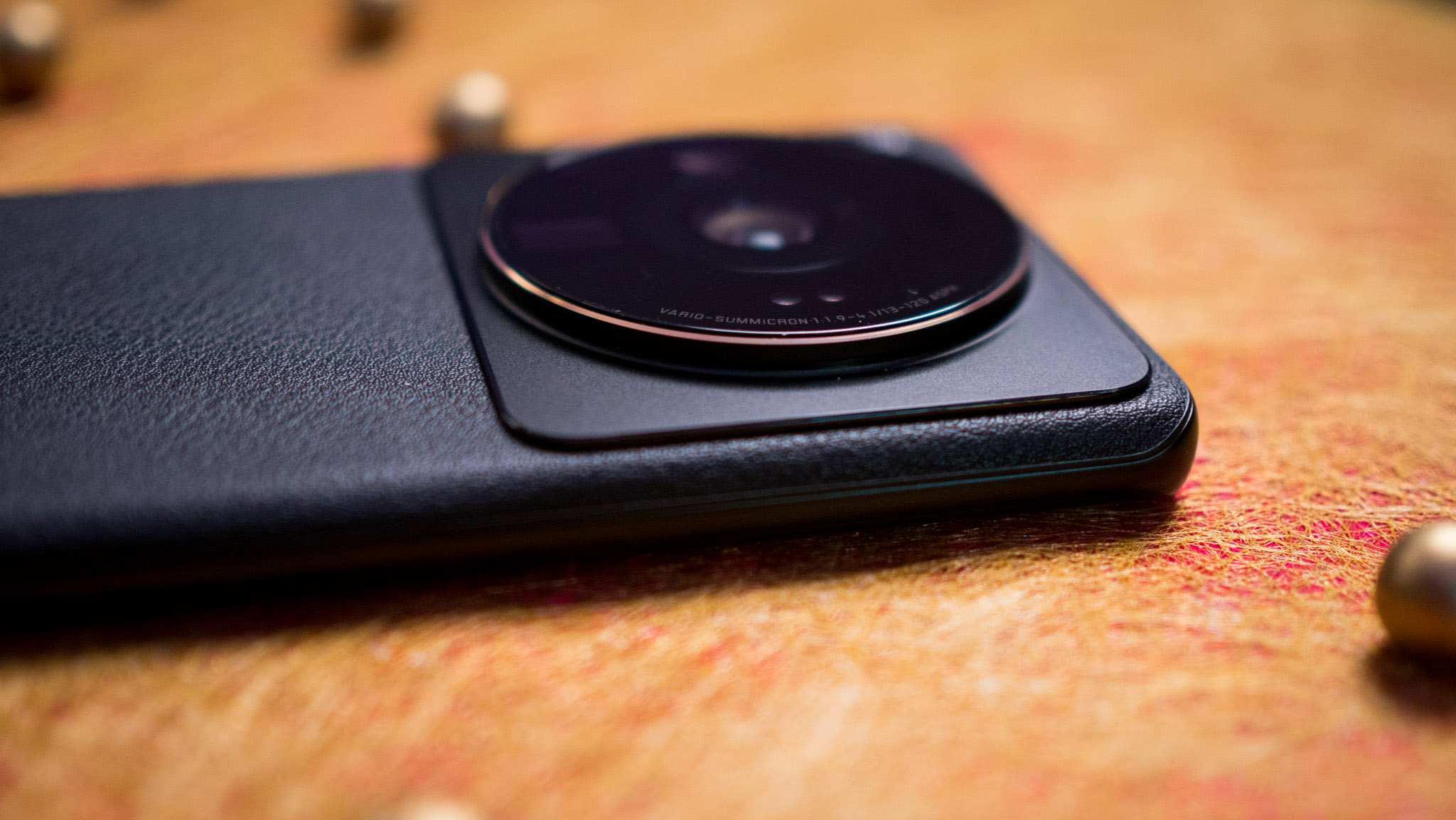
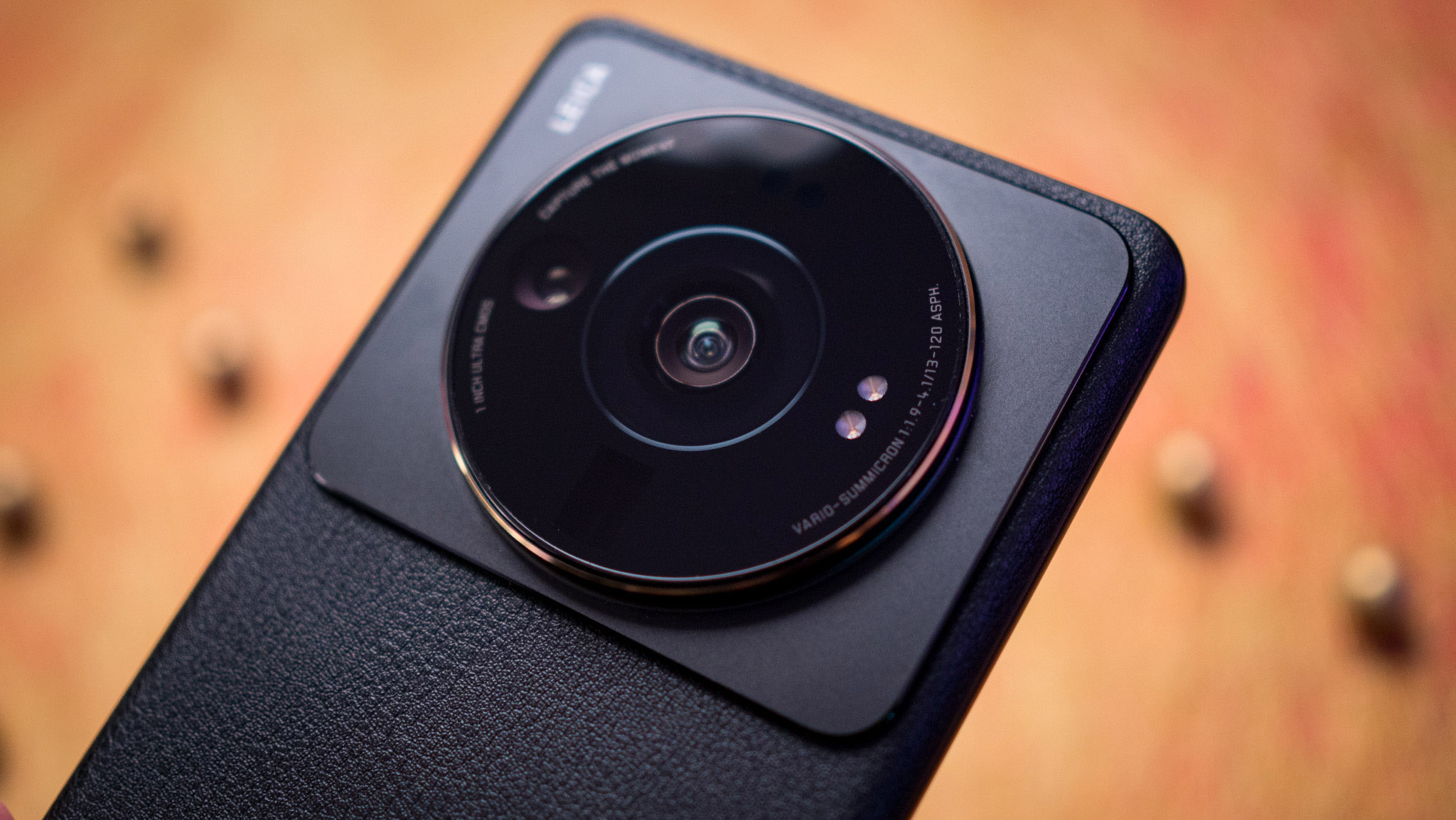
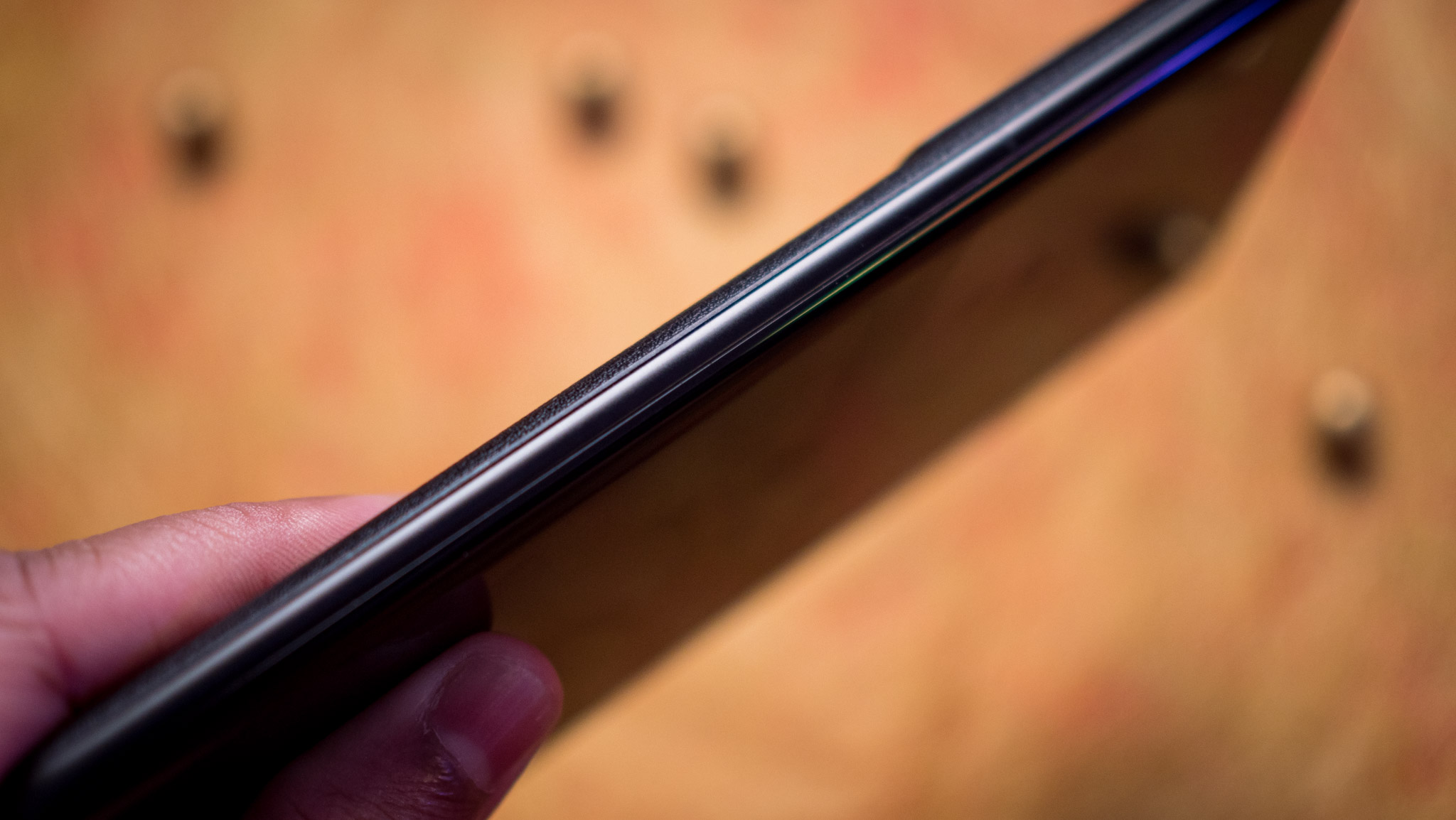
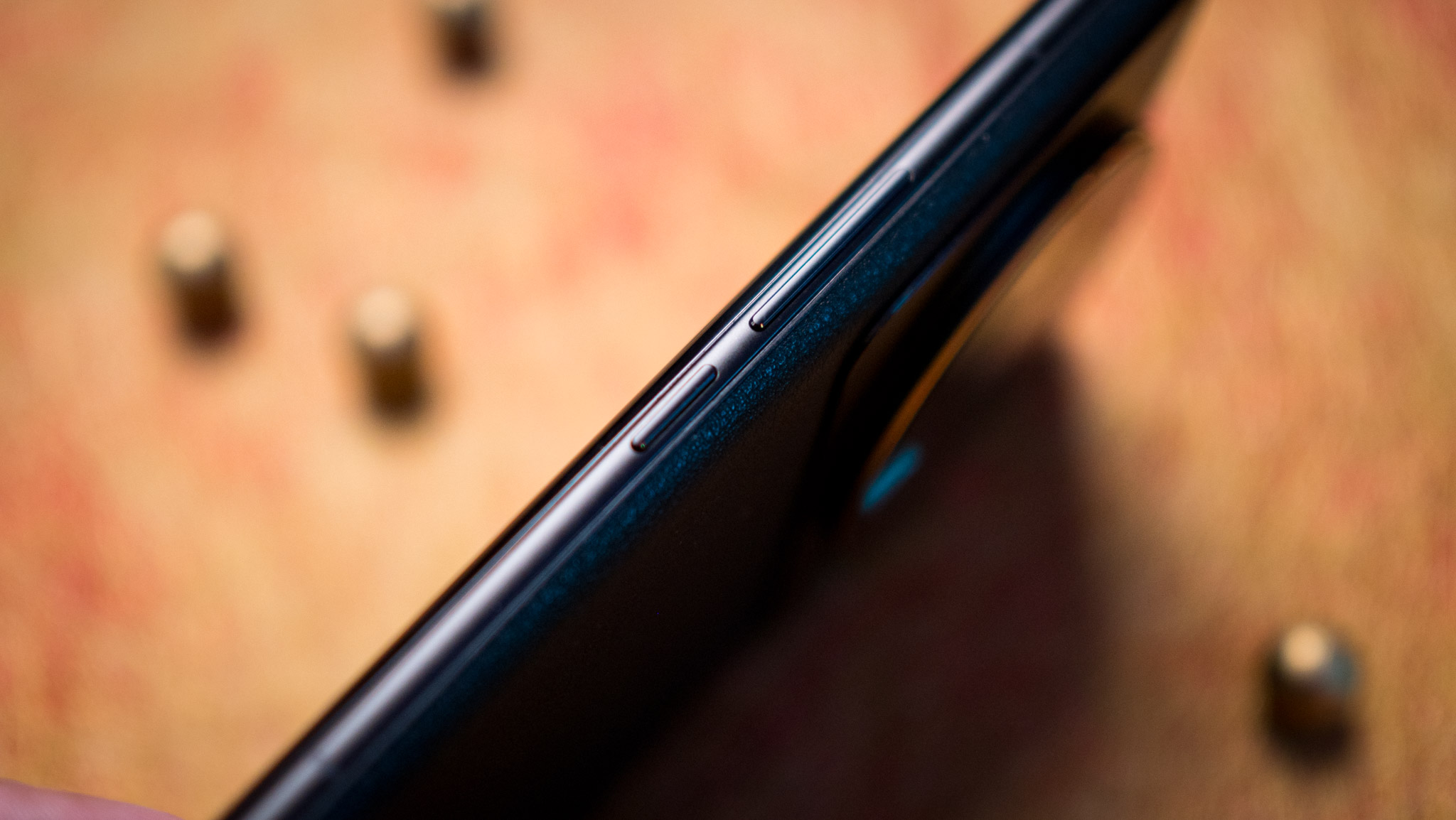
Xiaomi retained the aluminum frame this time around, and the brand resisted the urge to use a flat design, and as such you'll find smooth flowing curves where the front and back meet the mid-frame.
This makes a notable difference in day-to-day use, and I much prefer this design to the boxy sides that are becoming a mainstay on most phones. Overall, the 12S Ultra is one of the largest phones I've used this year, but thanks to the curvy design and even weight distribution, it wasn't unwieldy in the least.
Elsewhere, the power and volume buttons are located to the right, there's a dual SIM card tray located at the bottom, and you get excellent stereo sound here. There are identical channels at either end of the phone, and the 12S Ultra gets loud and detailed. There's no 3.5mm jack here, but the standard IR blaster is intact.
Another feature that is intact is IP68 dust and water resistance. Xiaomi didn't offer this particular feature on the 12 Pro this year, but it's good to see that the Ultra series has dust and water ingress protection.
Xiaomi 12S Ultra: Screen
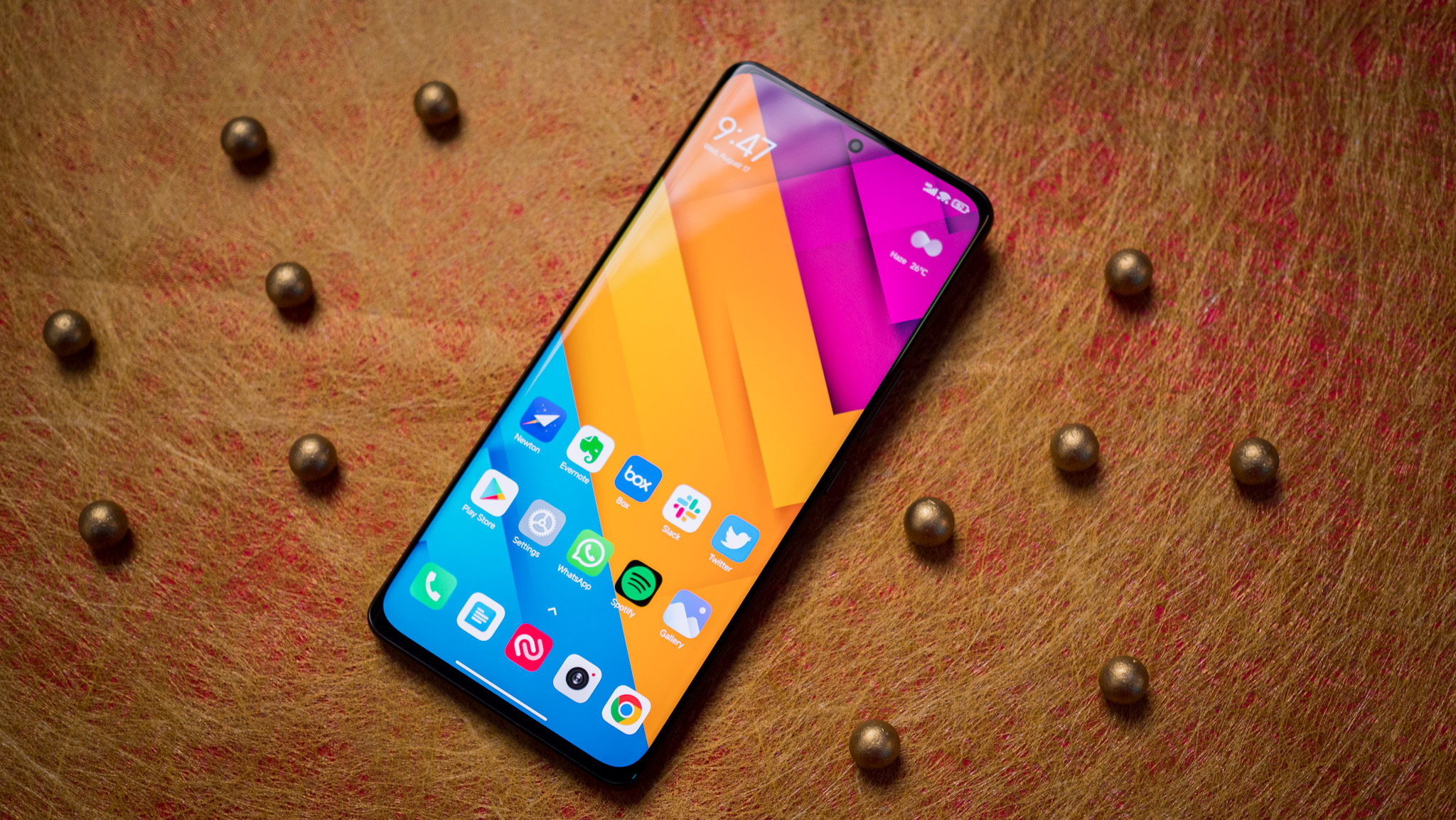
The 12S Ultra has a slightly smaller 6.73-inch AMOLED panel (versus 6.81 inches on the Mi 11 Ultra), and it uses the same 120Hz refresh and retains all the features that Xiaomi introduced on the 12 Pro this year. One change at the front is that the camera cutout is now located in the center, bringing the 12S Ultra in line with the rest of the Xiaomi 12 series.
With a vibrant 120Hz AMOLED screen and loud stereo sound, the 12S Ultra is a gaming powerhouse.
Screen resolution is the same at 3200x1440 (QHD+), and it has Dolby Vision. The panel itself is outstanding in daily use, delivering great color vibrancy and contrast levels, and a high degree of customizability. You can adjust the color balance to your liking, set up system-wide dark mode, change the scaling and fonts.
On that note, MIUI uses a different font in China, and there's no way to get the standard Roboto font on the device.
The 12S Ultra fares exceedingly well when it comes to brightness, outshining the 11 Ultra in this regard. I had zero issues with sunlight visibility, and the ambient light sensor does a good job adjusting the brightness based on lighting conditions. Colors are calibrated well out of the box, and the Vivid mode in particular stands out.
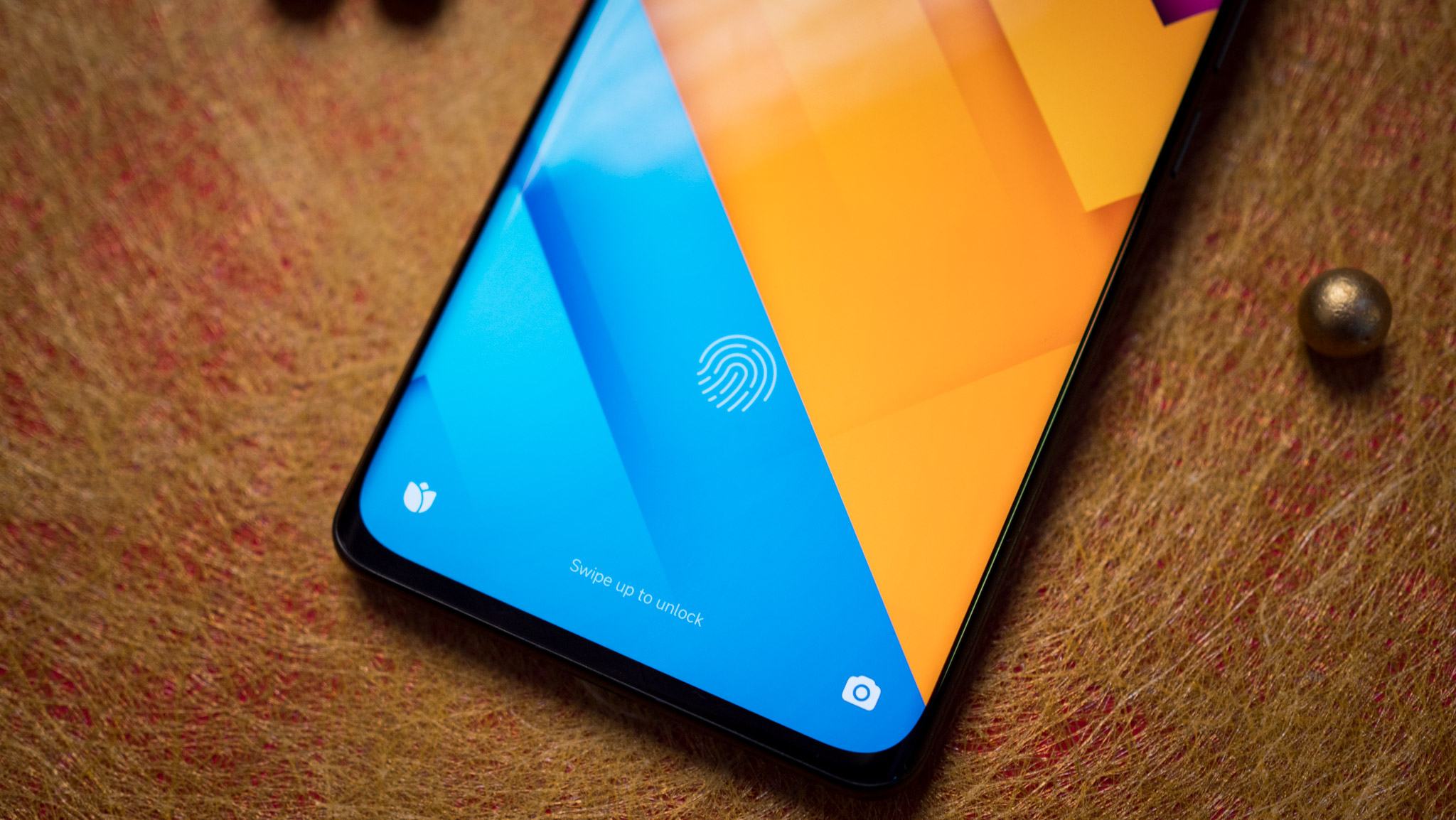
Like its predecessor, the 12S Ultra defaults to FHD resolution at 60Hz out of the box, so you will have to manually switch to QHD+ and 120Hz. There's also the option to use a 90Hz mode, and the panel itself has dynamic scaling — like the best Android phones — switching from 1Hz all the way to 120Hz based on what's playing on the screen.
Although the phone has Dolby Vision and HDR, Netflix is limited to SD content — this is likely down to the fact that the 12S Ultra is limited to China. For its part, YouTube played HDR content just fine, and the stereo sound here is among the best you'll find on any phone today.
Xiaomi 12S Ultra: Hardware and battery life
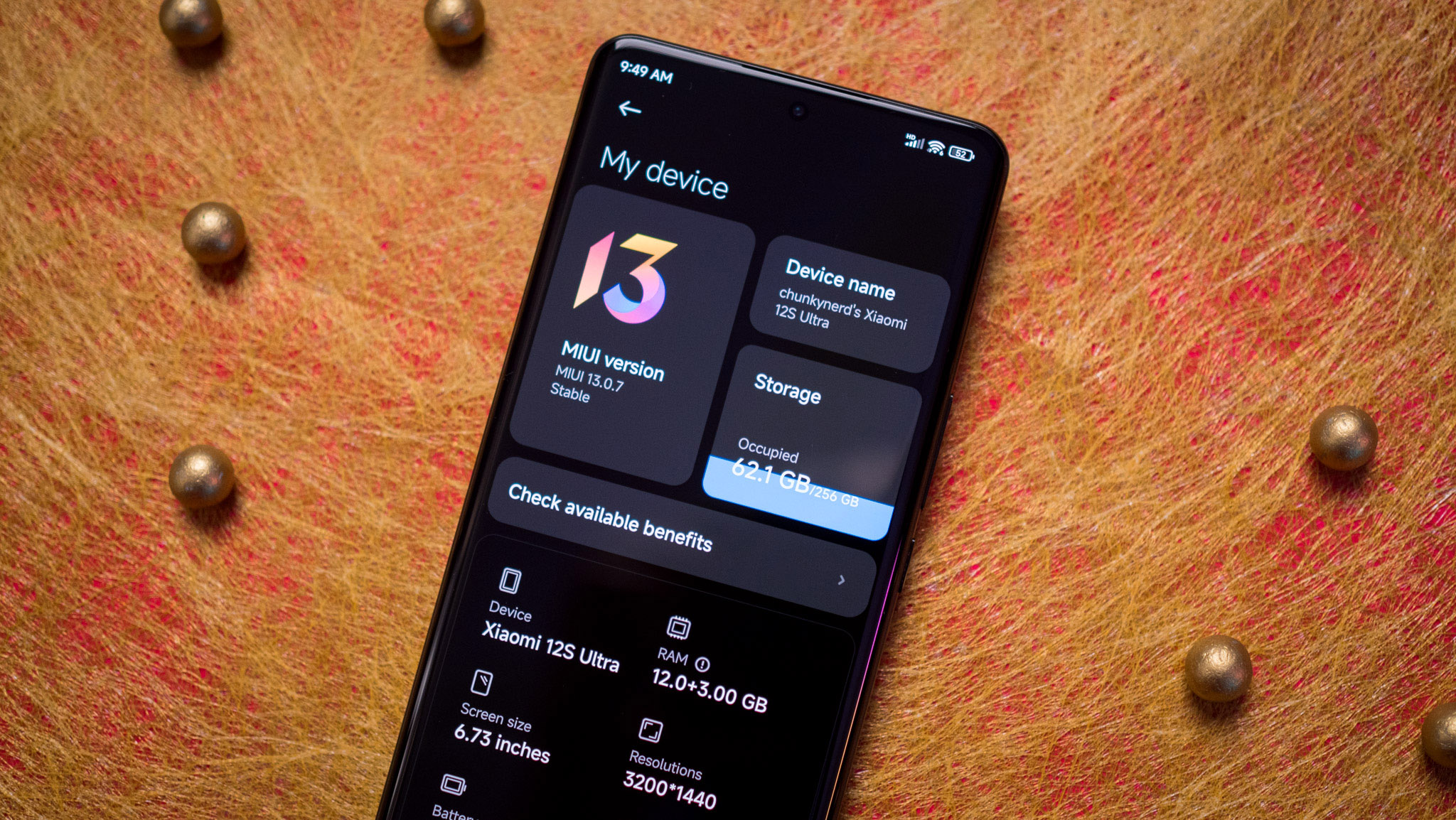
Xiaomi outfits its flagships with the latest Qualcomm silicon, and the 12S Ultra is powered by the Snapdragon 8+ Gen 1. I already talked about the changes Qualcomm introduced with the 8+ Gen 1 in my Zenfone 9 review, so I'll instead share a high-level overview here. The Snapdragon 8+ Gen 1 delivers huge efficiency gains over the standard Snapdragon 8 Gen 1, and that's due to the fact that it is fabricated at TSMC's 4nm node.
Xiaomi once again nailed the hardware side of things, and this is one of the fastest phones you can buy today.
Basically, the 8+ Gen 1 consumes significantly less power to deliver the same level of performance, and that makes it one of the best mobile chipsets you can get at the moment. And when you need a lot of power for playing visually-demanding games, the 8+ Gen 1 has a lot of headroom — this thing isn't going to slow down anytime soon.
That intoxicating performance makes itself known in day-to-day use; the phone handled anything I threw at it without breaking a sweat. There was no lag, jitter, or any stutter in mundane tasks or while gaming, and although the phone gets warm during hour-long gaming sessions, it wasn't uncomfortable at all.
| Category | Xiaomi 12S Ultra |
|---|---|
| OS | Android 12. MIUI 13, no Play services |
| Display | 6.73-inch QHD+ (3200x1440) AMOLED, 120Hz LTPO2, Dolby Vision, HDR10+ |
| Chipset | Qualcomm Snapdragon 8+ Gen 1, 1 x 3.19GHz Cortex X2, 3 x 2.75GHz Cortex A710, 4 x 1.80GHz Cortex A510, Adreno 730 |
| RAM | 8GB/12GB LPDDR5 |
| Storage | 256GB/512GB UFS 3.1 |
| Rear camera 1 | 50MP f/1.9 Sony IMX989 1-inch sensor, 1.6um pixels, dual pixel PDAF, OIS, 8K at 24FPS, 4K at 60FPS |
| Rear camera 2 | 48MP f/2.2, 0.8um pixels, dual pixel PDAF, 128-degree FoV |
| Rear camera 3 | 48MP f/4.1, 0.8um pixels, PDAF, OIS, 5x optical zoom |
| Front camera | 32MP f/2.4, fixed focus, HDR |
| Battery | 4860mAh, 67W fast charging, 50W wireless charging, 10W reverse wireless charging |
| Connectivity | Wi-Fi 6e, Bluetooth 5.2, NFC, AptX Adaptive, global 5G bands |
| Dimensions | 163.2 x 75 x 9.1mm |
| Weight | 225 grams |
There's a generous amount of storage as well, with the base model offering 256GB of storage as standard. Xiaomi also has a 512GB model that has 12GB of RAM, and that should be more than adequate for most users.
The Chinese manufacturer did a good job with the optical in-screen reader, and I didn't have any issues with authentication. There's face unlock as well, and it is identical to what Xiaomi has offered in the past — it's fast and accurate, but not as secure.
What I particularly like is the vibration motor; the 12S Ultra has an excellent haptics engine, and it delivers granular feedback when using the keyboard and other daily interactions.
Like everything else in MIUI, you can adjust the intensity of the vibration pattern. Xiaomi didn't omit anything on the connectivity side either. The phone has Wi-Fi 6e, Bluetooth 5.2, NFC, and you get Qualcomm's latest AptX Adaptive audio codec.
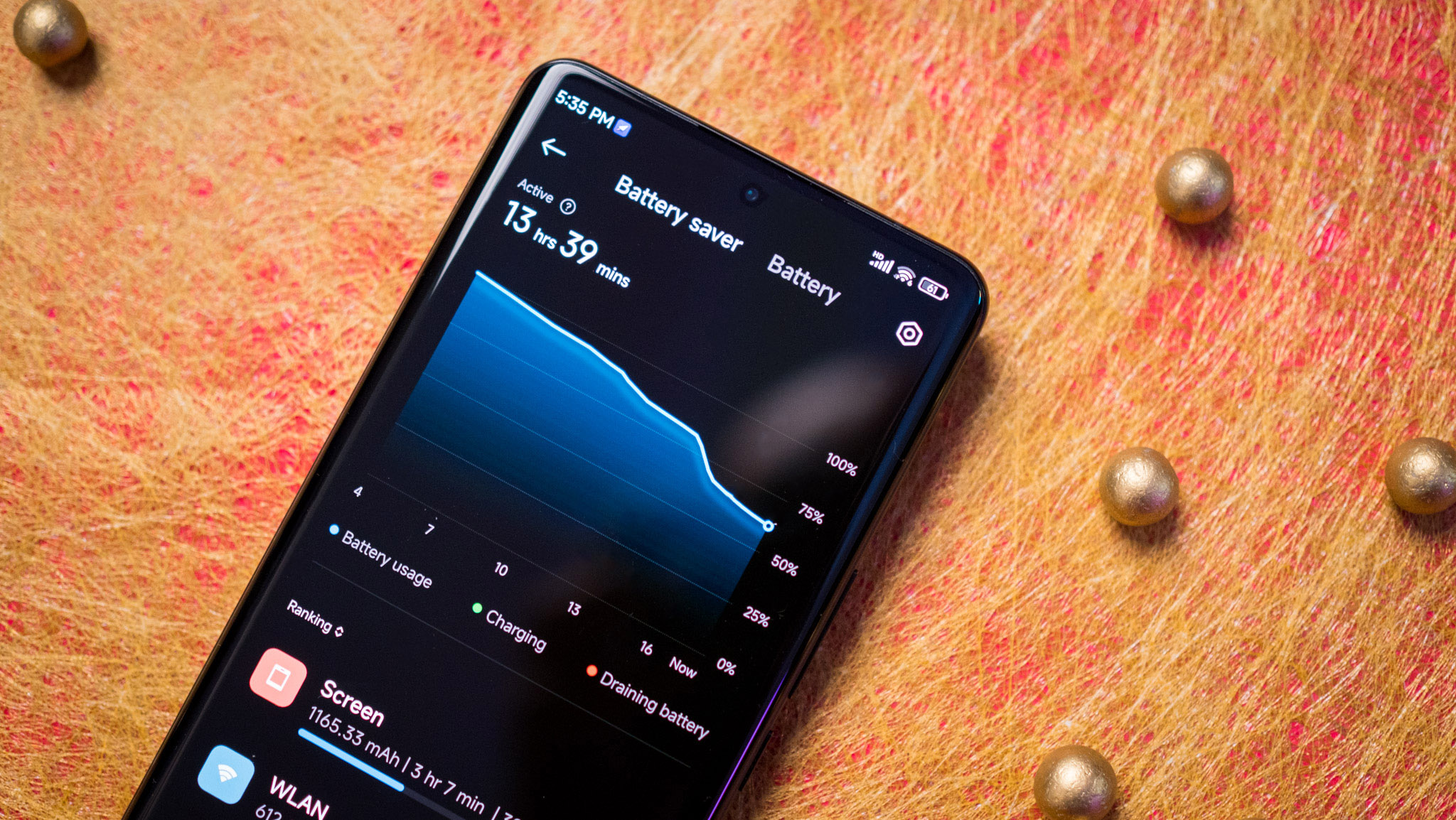
As for the battery side of things, the 12S Ultra has a 4860mAh battery, and thanks to the efficiencies of the 4nm node, it manages to deliver much better figures than its predecessor. I routinely got over a day's worth of use out of the phone, averaging over five hours of screen-time.
And when you need to charge the phone, there's 67W wired charging and 50W wireless charging. The wired charging isn't quite as extravagant as the 120W tech that's standard on the Xiaomi 12 Pro, but for what it's worth, the 12S Ultra takes just 46 minutes to fully charge the battery. There's 10W reverse wireless charging as well, and it works just fine for charging wireless earbuds.
Xiaomi 12S Ultra: Cameras

Xiaomi is no stranger to introducing phones with large cameras, but the 12S Ultra is in a league of its own. The phone has a 1-inch 50MP f/1.9 Sony IMX989 camera module with 1.6um pixels, dual PDAF and OIS. It's joined by a 48MP f/2.2 wide-angle lens with a 128-degree field of view, and another 48MP lens with OIS that delivers up to 5x optical zoom.
The 12S Ultra takes stunning photos in any lighting condition, but it tends to be inconsistent at times.
The latter two modules are unchanged from last year's Mi 11 Ultra, but the 50MP primary lens is the star of the show here. This is the largest sensor you'll find on any phone today, and it uses 4-to-1 pixel binning to deliver 12.5MP shots. Up front, you'll find a 32MP fixed-focus lens with 0.7um pixels.
The camera interface is also identical to other Xiaomi phones, but the manufacturer took a leaf out of OnePlus's playbook and added red accents throughout the UI — a nod to its Leica partnership. You get two Leica modes — Leica Vibrant and Leica Authentic — and the feature is similar to the unique styles that you get on the iPhone 13 Pro Max, albeit with Leica tuning.
There's a manual mode that gives you a little more control when shooting, and all the shooting modes are laid out in a ribbon — you can easily add or remove modes based on your preferences.
I used the Leica Authentic mode by default, and the 12S Ultra managed to do an excellent job in just about every situation. Daylight shots had great dynamic range and accurate colors, with no visible noise and no smoothing of finer details like foliage.
The resultant shots tend to have a high contrast look that's similar to what you get on the Pixels, and they're ideal for sharing on social media. The wide-angle lens also does a brilliant job retaining the same color balance as the 50MP lens, and it is one of the best in this category. In a similar vein, I didn't notice any issues with photos at 2x to 3x zoom levels, and even at 5x zoom it delivered usable images.
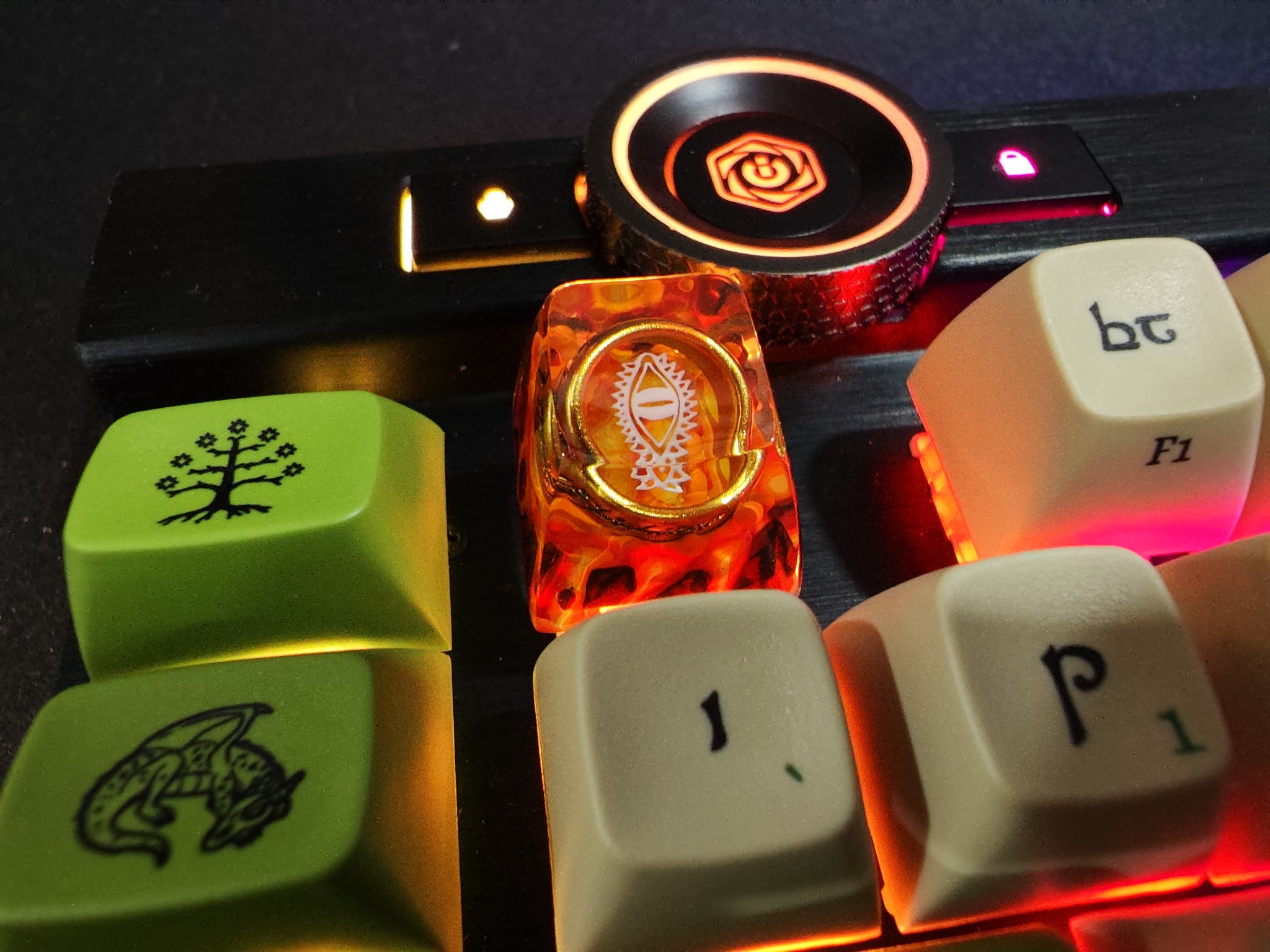
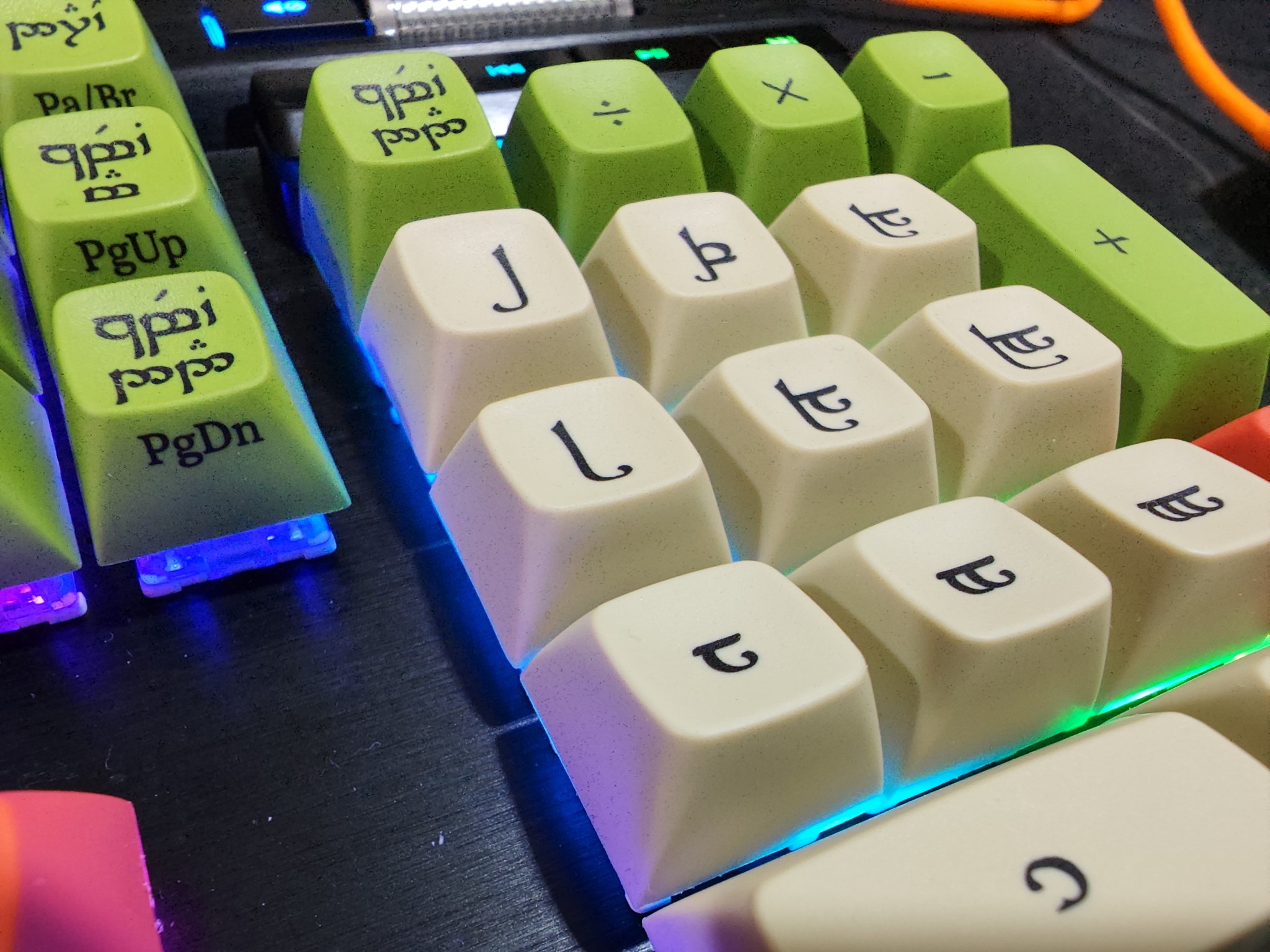
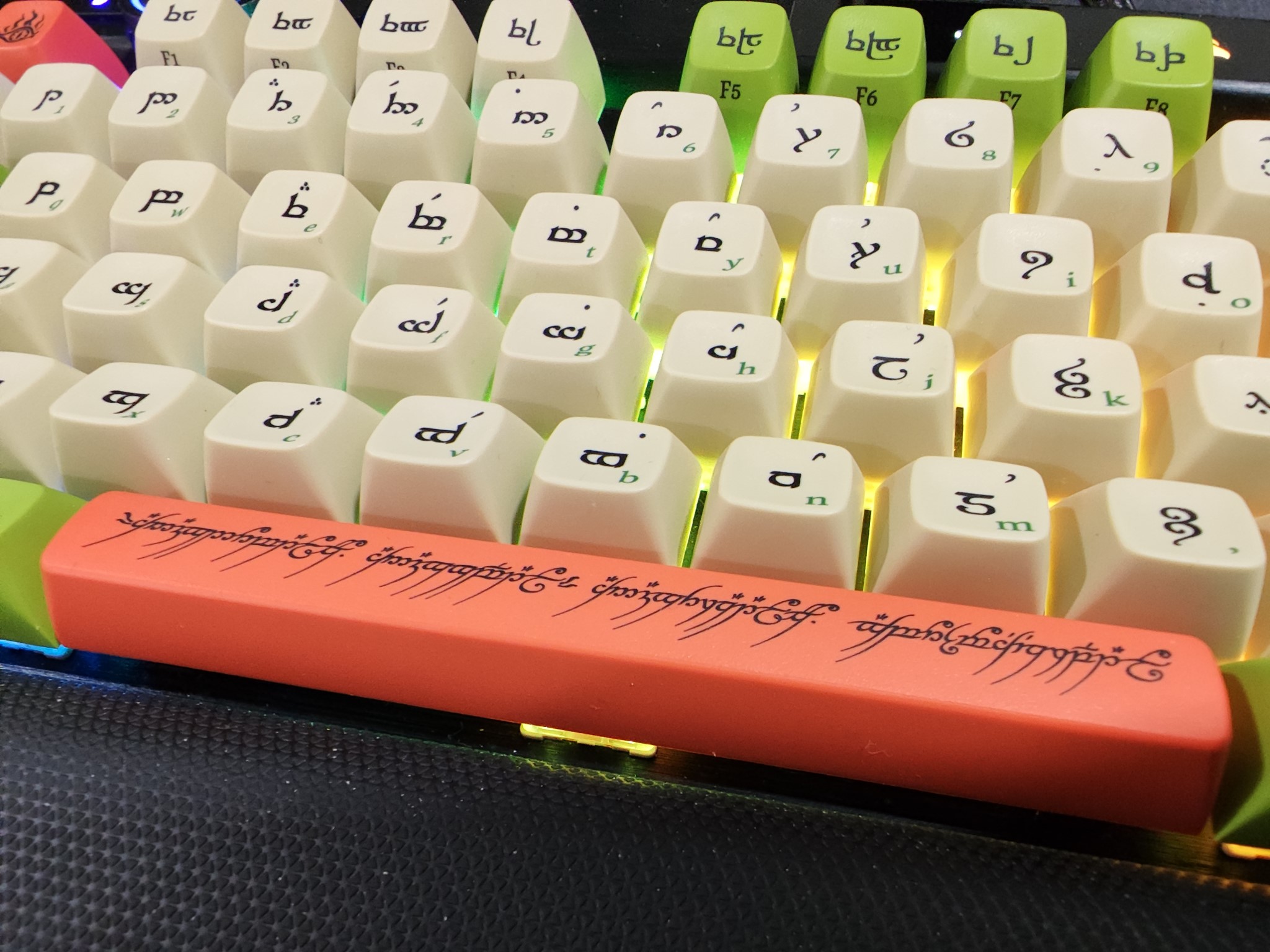
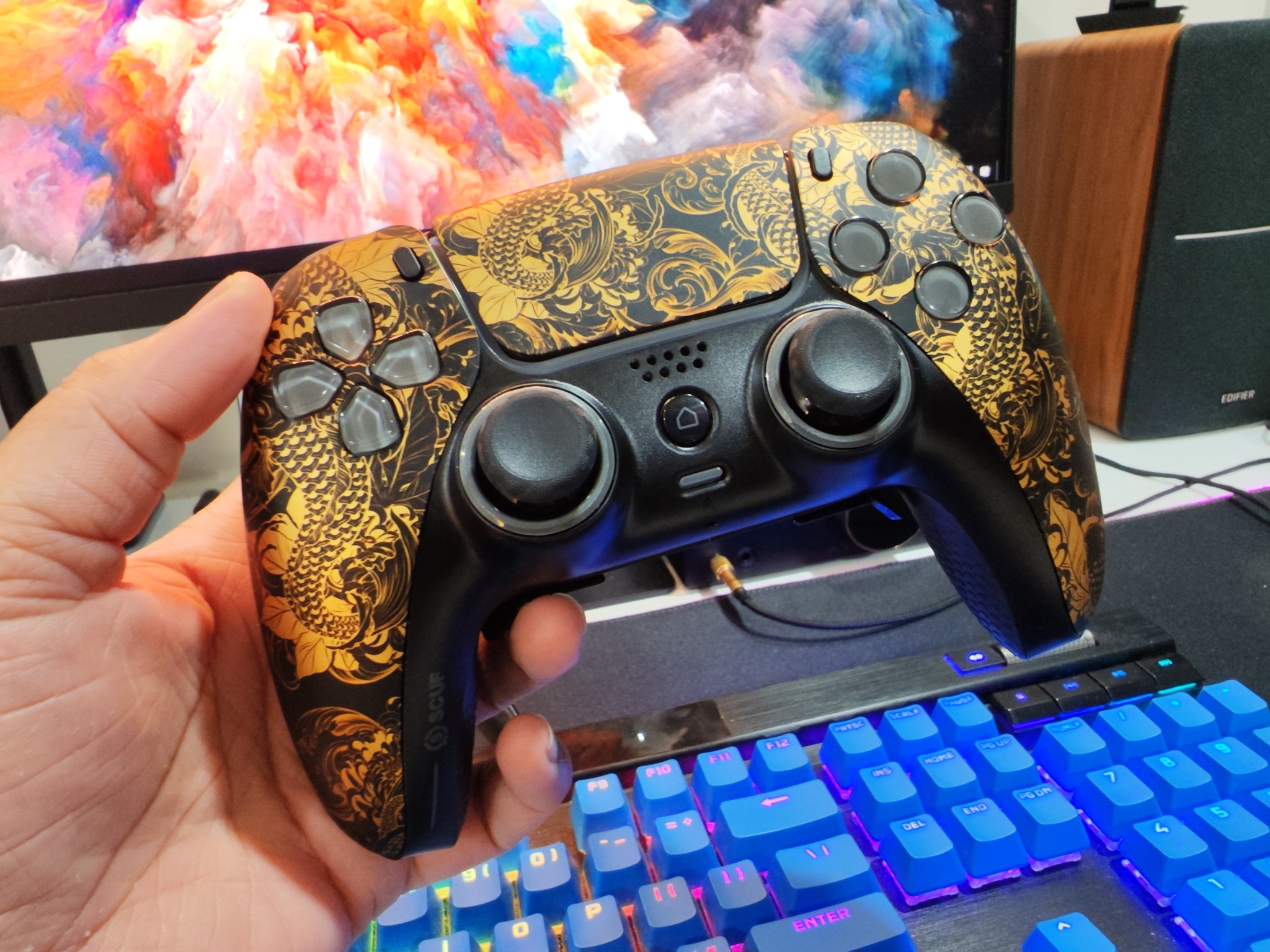



The 12S Ultra does an outstanding job in low-light situations; there's minimal noise, highlights are balanced well, you don't miss out on finer details, and like the daylight shots, low-light photos have a saturated look. The 12S Ultra shoots in Auto mode by default, and I only used the Night mode a few times — there's not too much of a difference between the two.
Where the 12S Ultra doesn't make any tangible gains over last year is video recording. It's clear that Xiaomi focused all of its attention on still images with this generation, and as a result, the 12S Ultra is identical to the Mi 11 Ultra when shooting videos. That's not to say that it does a poor job in this area, but with the rest of the field making a lot of advances, Xiaomi doesn't have the best overall package for this particular task.
On that note, the 12S Ultra is very similar to the Mi 11 Ultra in a few situations. Obviously, the large 1-inch sensor allows the phone to deliver better shots with the main camera, but the other two lenses are identical.
I'll do a standalone post highlighting how the 12S Ultra fares against the Pixel 6 Pro and S22 Ultra, but using all three devices simultaneously, it's evident that Xiaomi needs to do a better job with the tuning. There were times when the 12S Ultra failed to dial in a subject fast enough or produced a photo that was grainy; these are issues that just don't come up in the Pixel 6 Pro.
That said, as an overall camera package, the 12S Ultra is easily among the best Android phones in this area. The huge lens combined with the new software additions allow it to stand out against its predecessor, and it manages to deliver groundbreaking photos most of the time.
Xiaomi 12S Ultra: Software
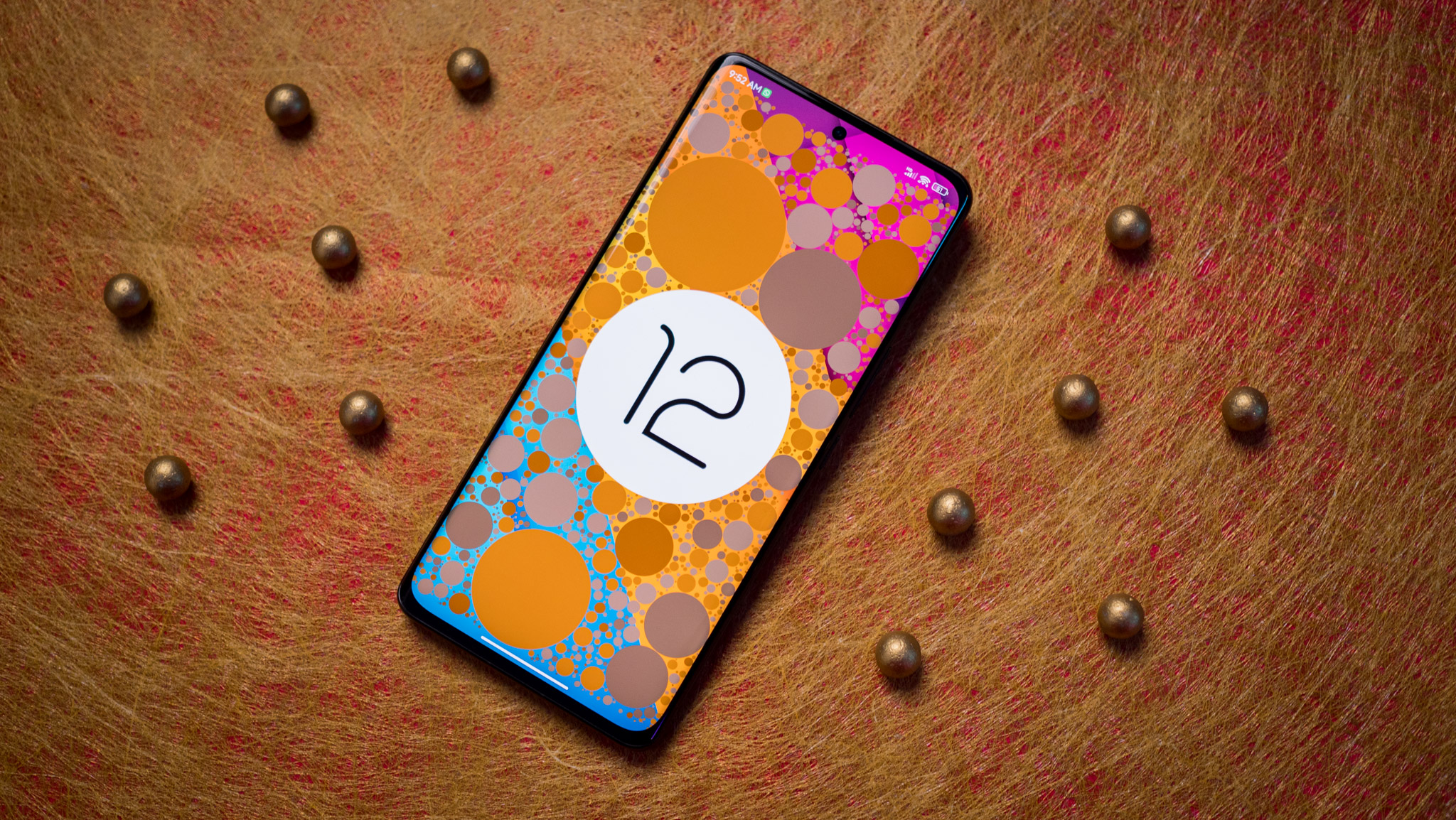
The 12S Ultra runs MIUI 13 based on Android 12 out of the box, and as Xiaomi isn't going to sell the phone outside China, it uses the Chinese MIUI build as default. While the Chinese version is broadly similar to what you get on the global release, there are a few key differences.
You're limited to the Chinese version of MIUI, and Xiaomi does a lot of things differently in its home market.
For one thing, the iOS-style Control Center is standard for the notification pane, with the toggles located to the right and the incoming notifications on the left. There's no way to get a unified notification pane like the global MIUI builds.
Security is a bigger focus here, and there's an interesting flag within the security settings where the phone serves blank data when an app asks for phone state information. This meant I couldn't use Google Pay or any banking services that needed to verify I'm using the correct mobile number, but it's straightforward enough to change this setting — you'll need to do this manually, though.
There's a lot of bloatware installed out of the box, but thankfully, I was able to uninstall all of it.
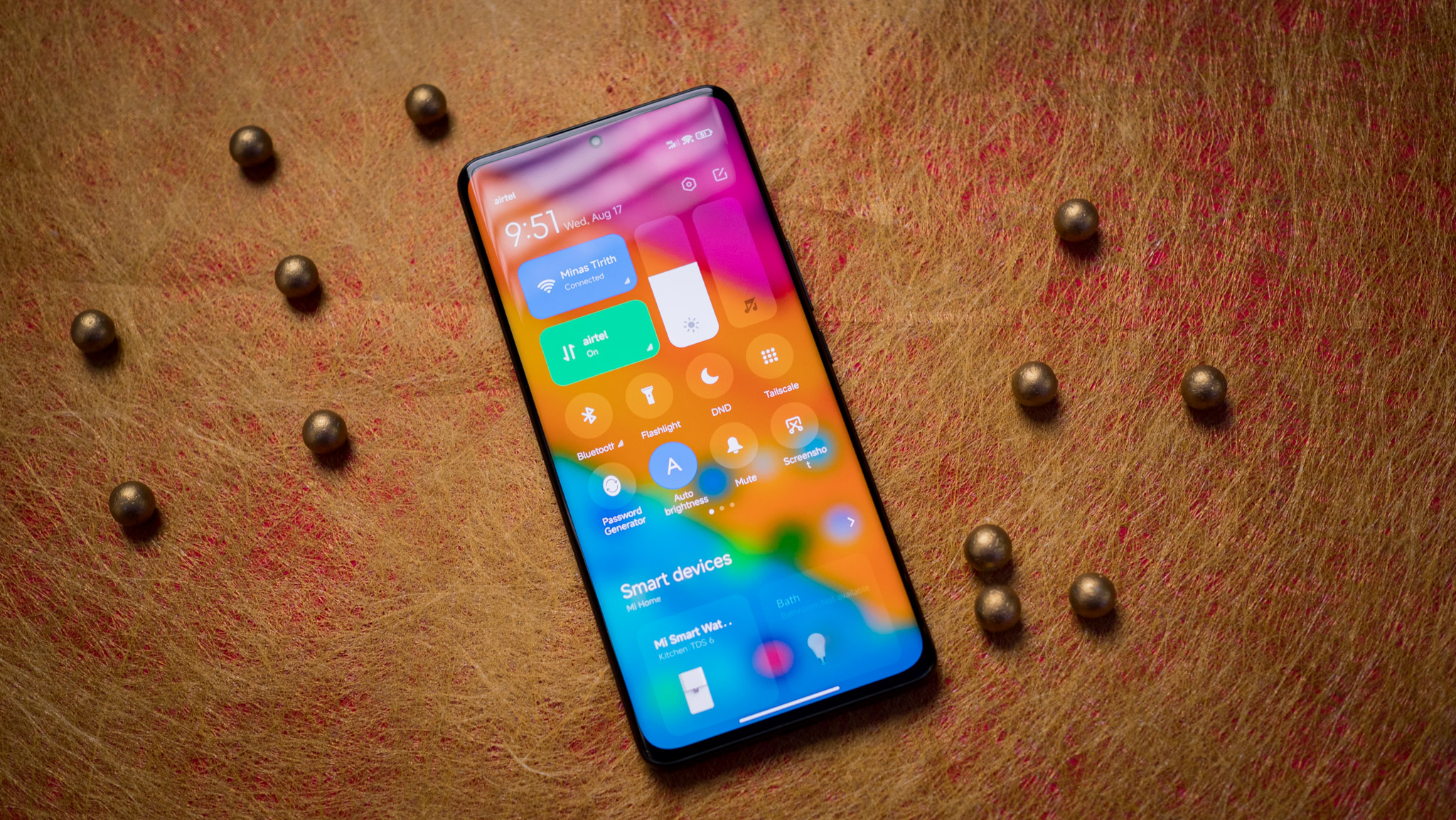
The biggest issue is the lack of Google Play Services. However, it isn't too much of a hassle to install the Play Store via Xiaomi's own app store, and once you do, you can sign in to your Google account and have full access to the Play Store.
But to get there, you'll need to use the default keyboard, and suffice to say that it is infuriating to use. It is designed for a Chinese audience, and while there is a way to switch to English text, it isn't intuitive to use at all.
You don't get the Play Store out of the box, but installing it isn't too much of a hassle.
That said, once you install the Play Store and log in to your Google account, all the hooks associated with GMS — where it signs you in to all of Google's services — work just as well here, and other than a little bit of inconvenience where I had to manually install all the things I needed from the Play Store, it was smooth sailing.
The MIUI launcher doesn't automatically sort apps into categories; it's a standard app drawer that scrolls vertically. The overview menu follows Xiaomi's unique dual card layout, and I didn't see a way to switch to the standard horizontal scrolling mode that you'll find on the global MIUI version.
Furthermore, Xiaomi has a significantly wider selection of ringtones and notification sounds in the Chinese build, and you can customize the nature-based sounds to create a mélange of various notification tones.
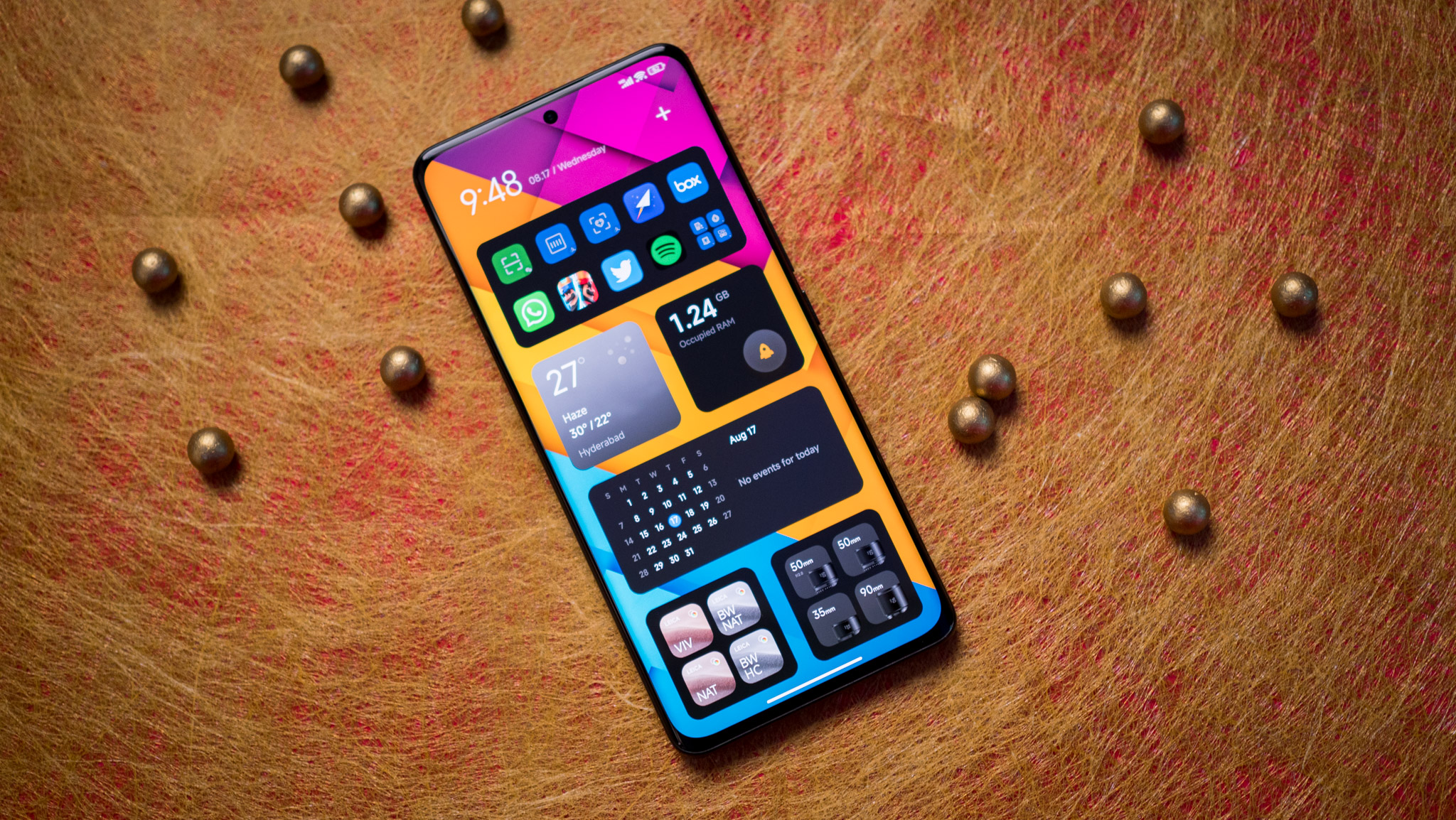
On the whole though, the Chinese build was much more stable than the global version, and I had zero issues using the device. For what it's worth, Xiaomi did a better job optimizing the hardware here, and if you're thinking of getting this phone via a reseller, know that it isn't too irksome to set it up.
I also received more updates that I would have on the global build; it's clear that Xiaomi dedicates a lot of resources to the Chinese version of MIUI build, and it would be nice to see some of these features on the global version, particularly around the security front. As for Android OS updates, Xiaomi guarantees three platform updates as standard, but it is likely the 12S Ultra will get additional MIUI updates.
Xiaomi 12S Ultra: The alternatives
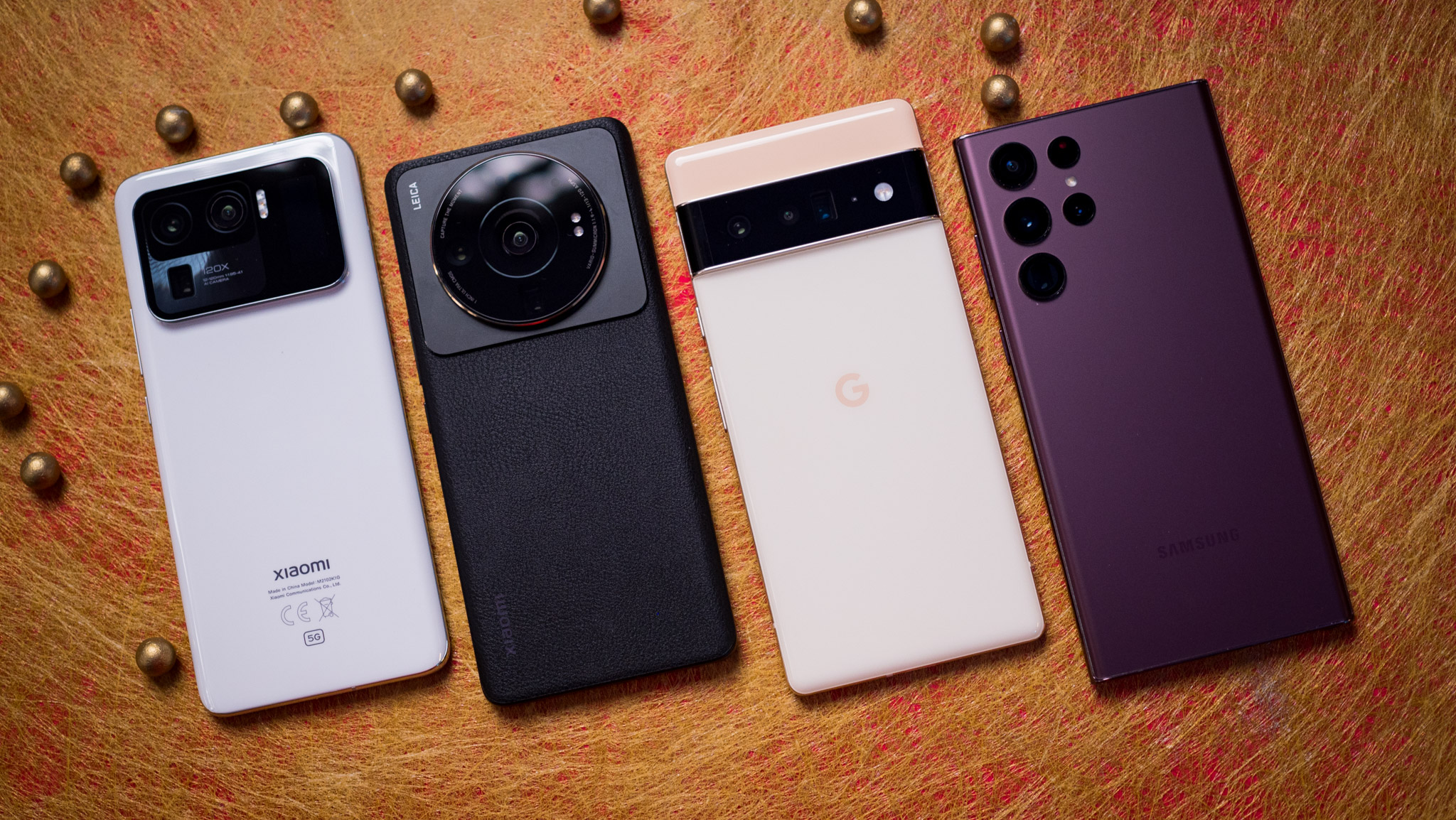
The obvious alternative to the 12S Ultra is last year's offering. The Mi 11 Ultra continues to be an outstanding phone in 2022, and it delivers a similar caliber of shots as the 12S Ultra — there's a marginal difference in overall quality, but not enough to warrant the hassle of sourcing this year's model.
The Mi 11 Ultra has the same great 120Hz AMOLED panel, similar stereo configuration, and the hardware holds up just as well for gaming. The downside is that Xiaomi doesn't seem to sell the phone officially, so you will need to rely on resellers to get your hands on the device.
If you need a flagship that takes phenomenal photos, the Pixel 6 Pro is a great overall choice. The phone has a gorgeous design thanks to the two-tone finish, and it has robust internal hardware, all-day battery, and versatile cameras that take flawless photos in any scenario.
Google doesn't use large imaging modules, instead relying on software wizardry to deliver standout shots. There's also the fact that the Pixel 6 Pro is the first in line to get software updates, and the software itself is clean with zero bloatware and a ton of useful extras that you don't get anywhere else.
Samsung has a strong showing this year with the Galaxy S22 Ultra as well, delivering a phone that nails the basics. The design is among the best you'll find today: It has the latest internal hardware, and the cameras take stunning photos. You also get unmatched versatility here, and the battery life easily lasts over a day. The best part is that the S22 Ultra will get more software updates than any other Android phone.
Xiaomi 12S Ultra: Should you buy it?
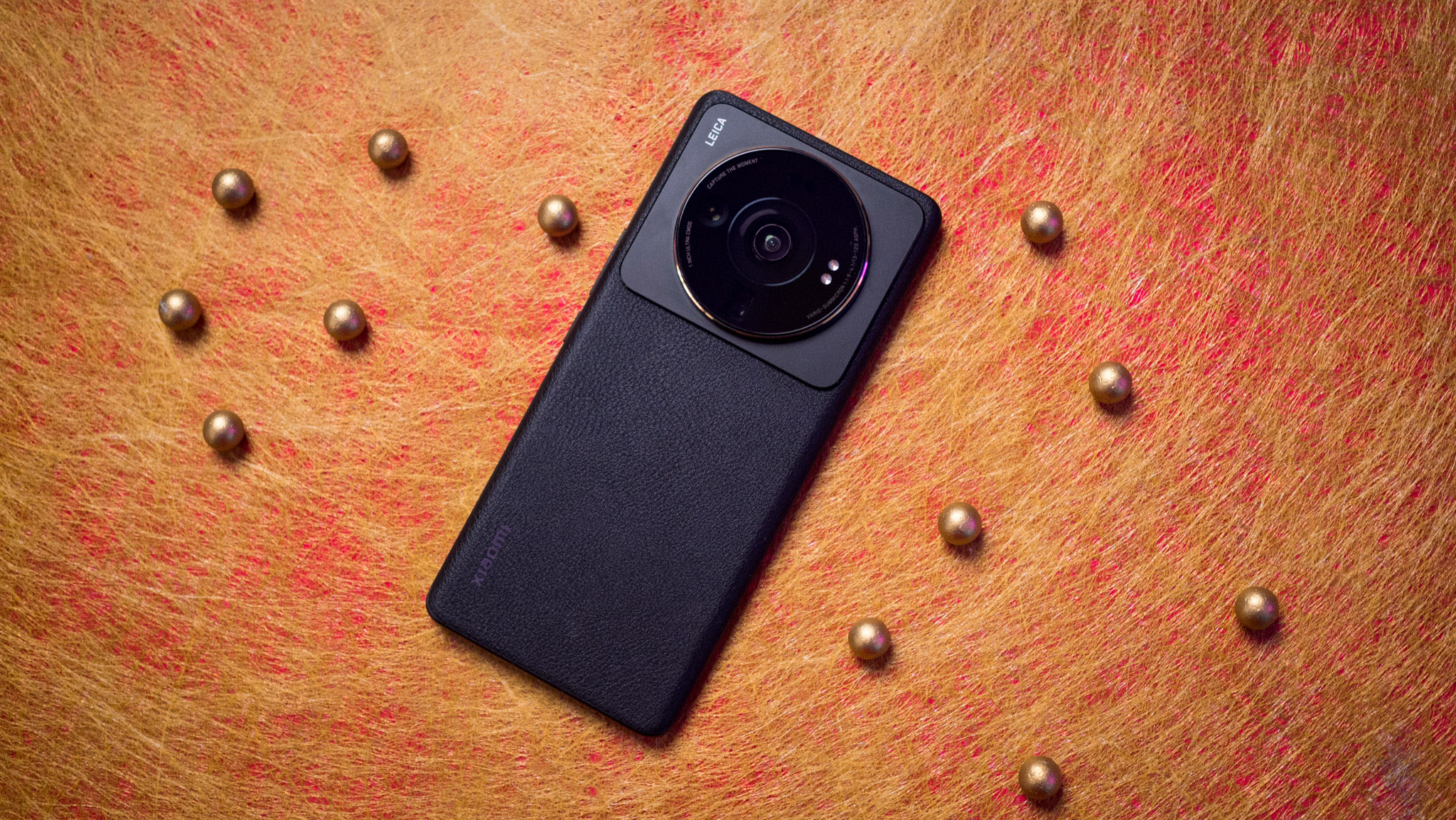
You should buy this if:
- You want a phone with a bold design
- You need standout cameras that take phenomenal photos
- You're looking for the latest hardware and a smooth 120Hz screen
- You want all the extras
You shouldn't buy this if:
- You need a phone that has Google services out of the box
- You want timely software updates
- You need official warranty
Overall, the 12S Ultra is one of the best Xiaomi phones to date. There are meaningful changes to the design and hardware side of things from the Mi 11 Ultra, and the new 1-inch camera at the back is an exciting addition.
The 120Hz AMOLED screen is a joy to use, and this is among the fastest phones you can find right now. Xiaomi hasn't missed out on any of the extras either, with the 12S Ultra offering IP68 dust and water resistance and 50W wireless charging.
The camera is better than last year, but there are a few times where it is inconsistent, and it's clear that Xiaomi needs to do a little bit more with the tuning. That said, it is one of the best camera hardware packages you'll find today, and with a little bit of tweaking, you can get truly outstanding photos.
Of course, the biggest issue with the 12S Ultra is that it won't be sold in global markets. That means you'll have to put up with the Chinese version of MIUI, and while it isn't as much of an issue as I initially thought, Xiaomi does a lot of things differently in its home market.
Ultimately, if you're already using one of Xiaomi's flagships and want to be the first to use that 1-inch sensor, the 12S Ultra is the device for you. But if you don't want to go the reseller route, you should just wait — Xiaomi is likely to bring that sensor to global markets in a future phone.

Harish Jonnalagadda is Android Central's Senior Editor overseeing mobile coverage. In his current role, he leads the site's coverage of Chinese phone brands, networking products, and AV gear. He has been testing phones for over a decade, and has extensive experience in mobile hardware and the global semiconductor industry. Contact him on Twitter at @chunkynerd.
